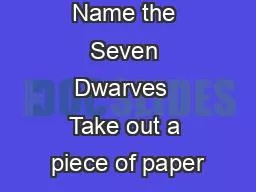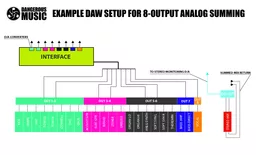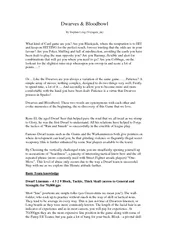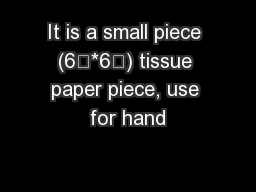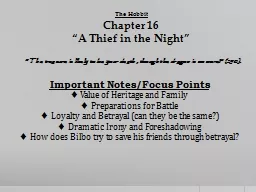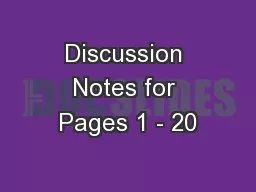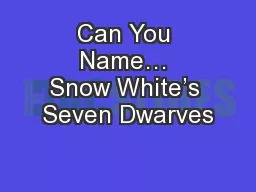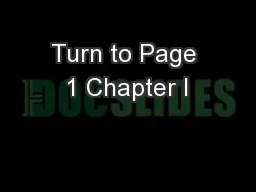PPT-Name the Seven Dwarves Take out a piece of paper
Author : pongre | Published Date : 2020-06-23
Difficulty of Task Was the exercise easy or difficult It depends on what factors Whether you like Disney movies how long ago you watched the movie how loud the people
Presentation Embed Code
Download Presentation
Download Presentation The PPT/PDF document "Name the Seven Dwarves Take out a piece..." is the property of its rightful owner. Permission is granted to download and print the materials on this website for personal, non-commercial use only, and to display it on your personal computer provided you do not modify the materials and that you retain all copyright notices contained in the materials. By downloading content from our website, you accept the terms of this agreement.
Name the Seven Dwarves Take out a piece of paper: Transcript
Download Rules Of Document
"Name the Seven Dwarves Take out a piece of paper"The content belongs to its owner. You may download and print it for personal use, without modification, and keep all copyright notices. By downloading, you agree to these terms.
Related Documents

